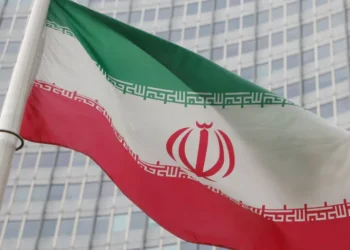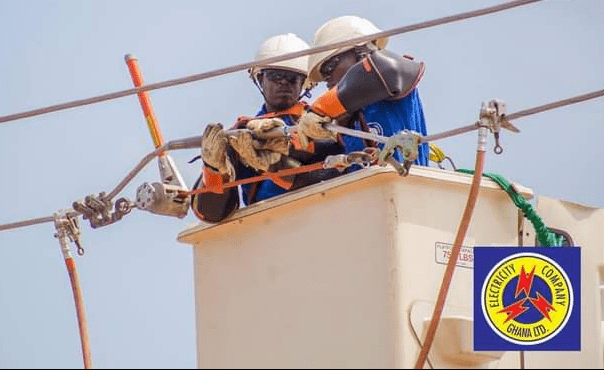The Bank of Ghana (BoG) has once again stepped into the foreign exchange market with one of its most decisive interventions this year.
In a seven-day FX forward auction held this week, the central bank sold US$243 million, marking its largest single injection of dollars into the market since the beginning of 2025. This intervention came from an initial offer of US$300 million, with commercial banks taking up the lion’s share at price ranges between GHS 12.15 and GHS 12.40.
The bold move comes at a critical time when Ghana’s currency has been under pressure, though recent weeks have seen a notable slowdown in the cedi’s depreciation. Market players and analysts alike are watching closely to see how far this latest injection will go in steadying the local currency.
Market Reaction: Relief for Commercial Banks
For commercial banks, the BoG’s action provides much-needed breathing space. In the weeks leading up to the auction, dollar supply had been tightening, with interbank market trades remaining subdued. Reports suggest that only about US$4 million changed hands among participants in the interbank market as recently as Wednesday.
Bank executives have expressed cautious optimism that the cedi could trade steadily against the dollar in the short term, buoyed by the central bank’s latest move. The auction is also being interpreted as a signal that the BoG remains committed to ensuring liquidity for the financial sector, even after it had gradually scaled back interventions earlier in the year.
Interestingly, this intervention comes just days after President John Mahama revealed at a media engagement that the central bank had withdrawn from routine interventions in the forex market. The President emphasized the need to strike a delicate balance—ensuring exporters receive fair support without overburdening importers who depend on steady access to dollars.
This underscores the government’s challenge in navigating between market realities and policy objectives. On one hand, exporters benefit when the cedi weakens, while importers struggle under higher costs. The BoG’s latest auction reflects an effort to strike that middle ground, ensuring short-term stability without abandoning long-term structural goals.
The Bigger Picture: Declining FX Sales
The timing of this intervention also raises eyebrows because the BoG had been scaling down its FX Forward Auction volumes. In August 2025, the central bank sold US$737 million through both spot and forward auctions—an 18% drop from the over US$900 million sold in July. This trend was widely interpreted as a deliberate strategy to reduce dependence on BoG’s dollar supplies and to encourage the market to develop organically.
Yet, the US$243 million sale signals that the central bank is still prepared to act decisively when market conditions demand. It highlights the delicate balancing act between gradual market liberalization and the need for immediate currency stability.
Cedi Pressure Easing, but For How Long?
Recent trends suggest the cedi’s rate of depreciation has slowed, but analysts caution against celebrating too soon. While the BoG’s intervention has created short-term relief, underlying demand and supply dynamics in the forex market remain fragile.
Dr. Johnson Asiama, Governor of the Bank of Ghana, assured the public during a Monetary Policy Committee briefing that commercial banks have been adequately supplied with dollars. However, he stopped short of confirming whether the latest intervention is the main reason behind the recent slowdown in cedi depreciation.
The BoG is not relying solely on auctions to stabilize the cedi. The Central Bank’s directive requiring mining firms to channel their dollar inflows through local banks has already improved liquidity. Additionally, remittance flows have picked up following recent regulatory interventions, further easing the strain on forex supply.
Dr. Philip Abradu-Otoo, BoG’s Director of Research noted that upcoming cocoa inflows and donor disbursements would significantly boost dollar availability. “All these inflows should go a long way to improve the supply situation when it comes to the forex market,” he said.
These measures, combined with continued oversight, are expected to provide a more sustainable buffer against volatility.
Outlook: Stability on the Horizon?
The cedi remains at the center of Ghana’s macroeconomic debate, and the BoG’s $243 million injection is a clear message of support. However, long-term stability will depend on more than periodic interventions.
Structural reforms aimed at boosting exports, increasing remittances, and reducing over-reliance on imports will be crucial in ensuring that the currency does not remain overly vulnerable to external shocks.
For now, markets are breathing easier, and the cedi has some short-term relief. The real test will be whether these gains can be sustained in the months ahead as global economic conditions, commodity prices, and investor confidence continue to evolve.
READ ALSO: CalBank and MTN Ghana Power Market Upswing as GSE Market Cap Hits GHS 160.7bn


















